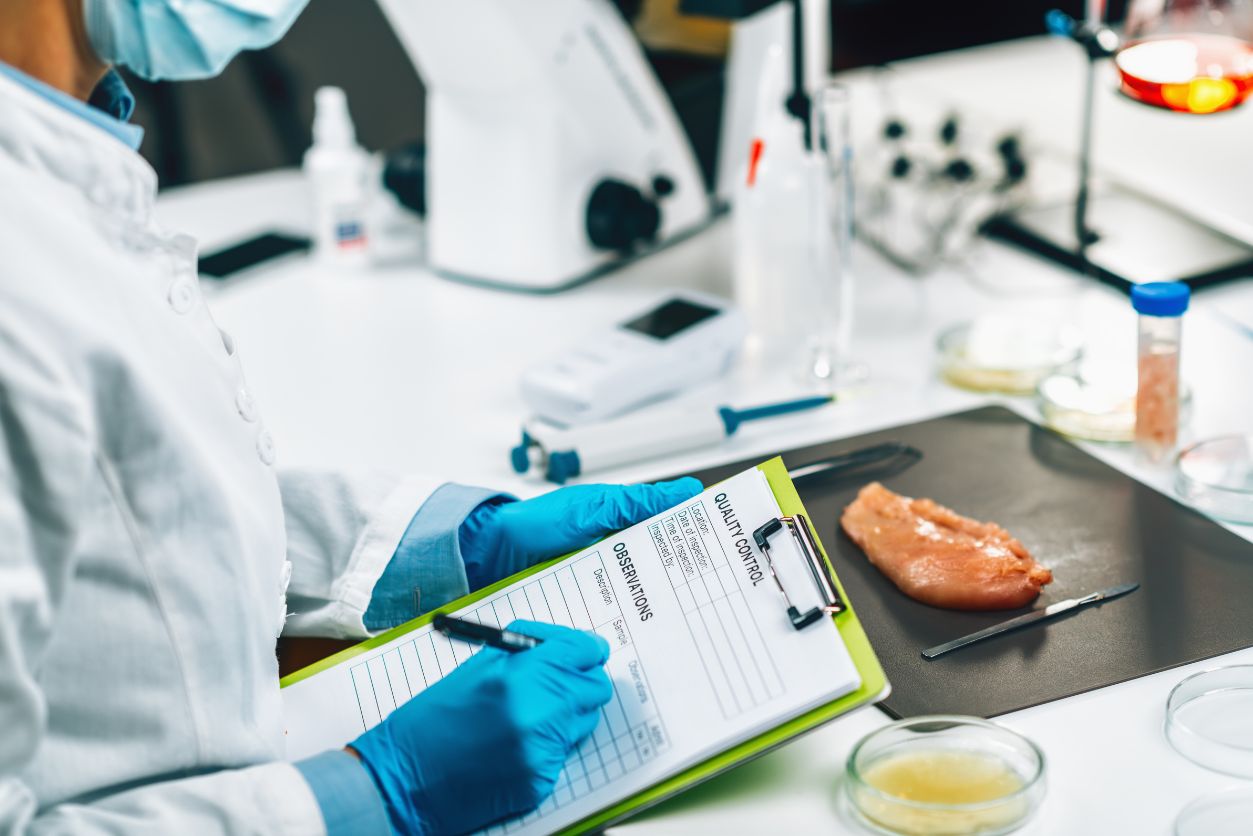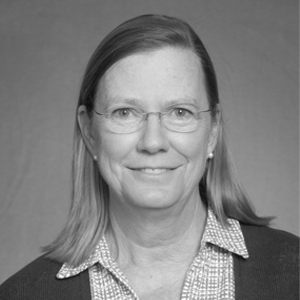Understanding the Role of Audits in the SQF Certification Process
Audits are the linchpin of SQF certification. It’s the formal mechanism used to evaluate whether a facility’s food safety and quality systems are not only documented—but effectively implemented, maintained, and continually improved.
While documentation lays the foundation and implementation builds the structure, auditing validates the integrity of that structure. Without a successful audit, certification cannot be achieved. But beyond the certificate, the audit process is a powerful tool for operational insight, risk identification, and performance improvement.
Types of SQF Audits
Throughout the lifecycle of SQF certification, facilities will encounter various types of audits. Understanding their differences—and their value—is key to preparation.
1. Desk Audit (Document Review)
Before the onsite portion of your initial certification audit, the assigned SQF auditor will review your food safety and quality management system documentation. This includes:
- HACCP plans
- Food safety policies
- Prerequisite programs (PRPs)
- Procedures and SOPs
- Recordkeeping systems
- Organizational charts and training records
The goal is to verify that your documentation aligns with the applicable SQF Code and covers all required elements. If the desk audit reveals significant gaps, the onsite audit may be postponed or downgraded in scope.
2. Facility Audit (Onsite Evaluation)
This is the core of the certification process. The auditor will physically tour your site, observe operations, and interview personnel to confirm that your documented procedures are being followed consistently. Key areas of focus include:
- CCP monitoring and corrective actions
- Sanitation and hygiene practices
- Allergen control
- Traceability and recall readiness
- Food defense and site security
- Personnel practices and GMP adherence
- Equipment condition and preventive maintenance
Auditors will look for objective evidence of implementation: completed records, consistent execution, and team-wide understanding. They may request trace exercises, observe real-time processes, and challenge your food safety team with situational questions.
3. Unannounced Audits
Once certified, your facility may be selected for an unannounced audit, typically within a three-year cycle. These are full audits conducted without prior scheduling and are designed to assess the day-to-day state of your food safety system.
Preparation for unannounced audits hinges on system maturity—procedures must be embedded into your operations, not just polished for annual inspections.
4. Surveillance Audits and Recertification Audits
For multi-site certifications or higher-level risk categories, surveillance audits may be conducted mid-cycle to ensure continued compliance. Recertification audits are conducted annually to renew certification status.
These audits mirror the structure of your original certification audit but focus heavily on improvement since the previous audit, changes in operations, and closure of past non-conformities.
Common Audit Findings—and How to Avoid Them
Experienced SQF auditors often report recurring issues across facilities. Understanding these can help your team proactively avoid them:
- Incomplete or outdated documentation: Procedures that lack revision history or don’t reflect actual operations
- Training records not matching employee roles: Staff performing CCP tasks without documented training
- Missing verification records: Internal audits, sanitation checks, or supplier reviews not completed or filed
- Inconsistent implementation across shifts: One shift adheres strictly to SOPs while another deviates
- Lack of corrective action documentation: Issues identified but not documented, investigated, or resolved
Proactive internal audits, real-time record review, and a strong food safety culture are key to preventing these issues.
What Auditors Are Looking For
Auditors aren’t just looking for a polished binder—they’re looking for evidence of:
- Senior management commitment
- Real-time adherence to documented systems
- A workforce that understands and owns their food safety responsibilities
- Continuous improvement practices and self-identification of issues
- Records that support claims of compliance, with traceability and consistency
In short, auditors want to see that your SQF system is alive—not just alive during the week of the audit.
How Registrar Corp Supports Audit Readiness
Registrar Corp offers tailored services to help facilities prepare for audits with confidence:
- Mock audits that simulate real SQF audits
- Documentation review and gap analysis
- Interview preparation for food safety staff and supervisors
- Corrective action coaching
- Post-audit support to address findings and close non-conformities quickly
Our food safety specialists understand how to bridge the gap between your policies and your execution—and how to present that effectively during an audit.
Final Takeaway: Auditing Is About More Than Compliance
While audits are required for certification, they’re also an opportunity. An effective SQF audit process reveals gaps you didn’t know existed, strengthens accountability, and brings clarity to your food safety system.
By approaching auditing as a collaborative, learning-focused process—not just a regulatory hurdle—facilities are better positioned to build systems that last.








